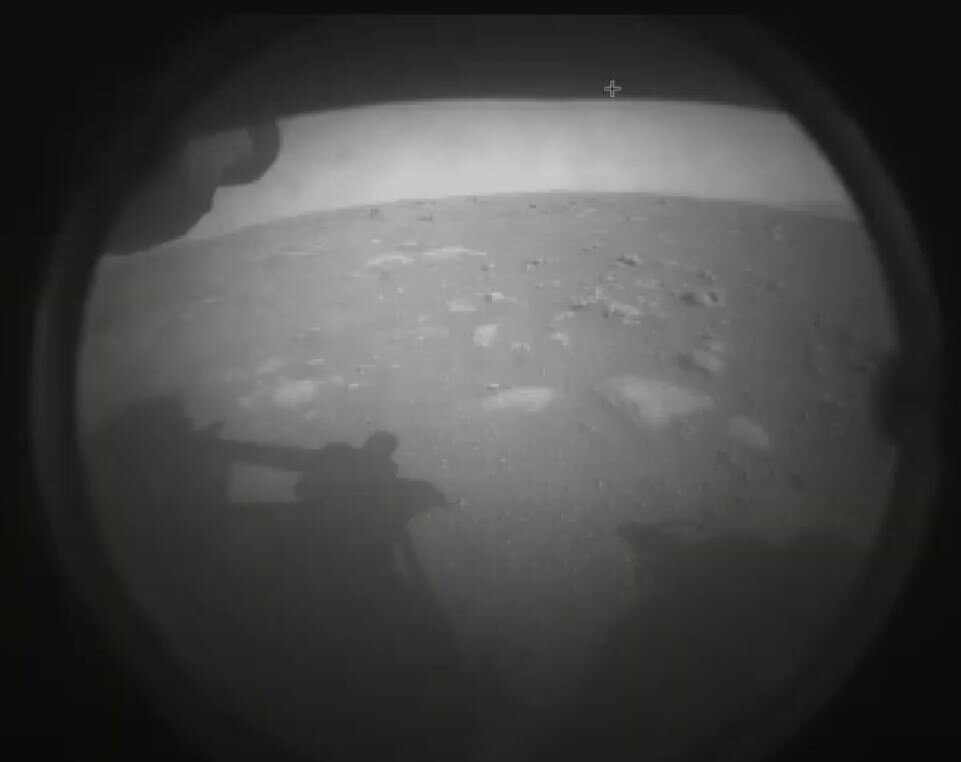arrived in the mail, a holiday card from the Jet Propulsion Laboratory featuring simple abstract depictions of Mars, the Perseverance rover and Ingenuity helicopter. Cool.
Get up-to-date regarding the on-going 2020 Mars Perseverance Rover mission.
Here’s an excellent article discussing the watery and sedimentary history of Jezero Crater.























